200000 - MEP-FP
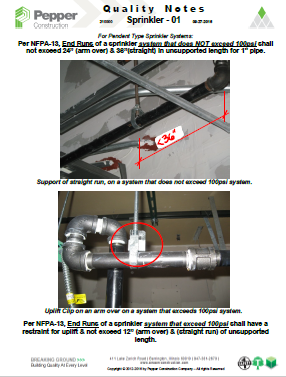
210000 Sprinkler 01 End Runs - QN
- Corey S Zussman, AIA
- Link
For pendent type sprinkler systems, per NFPA-13, end runs of a sprinkler system that does NOT exceed 100psi shall not exceed 24” (arm over) and 36” (straight) in unsupported length for 1" pipe.
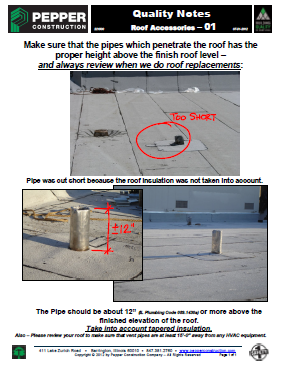
220000 Roof Accessories 02 Plumbing Vent - QN
- Corey S Zussman, AIA
- Link
Make sure that the pipes which penetrate the roof have the proper height above the finish roof level and always review when we do roof replacements.
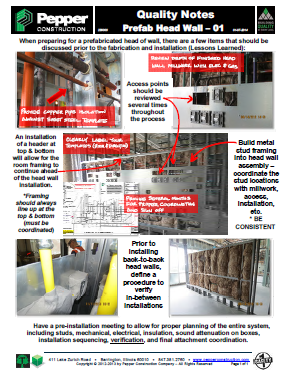
Head Wall - Prefabrication QN
- Corey S Zussman, AIA
- Link
When preparing a prefabricated head of wall, there are a few items that should be discussed prior to the fabrication and installation.
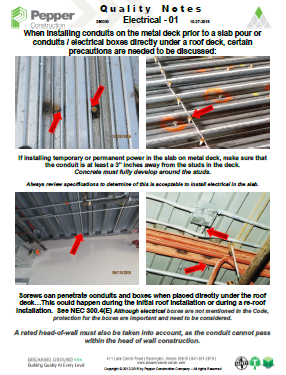
260000 Electrical - 01 - Conduit in Slab on Deck QN
- Corey S Zussman, AIA
- Link
When installing conduits on the metal deck prior to a slab pour or conduits/electrical boxes directly under a roof deck, certain precautions are needed to be discussed.
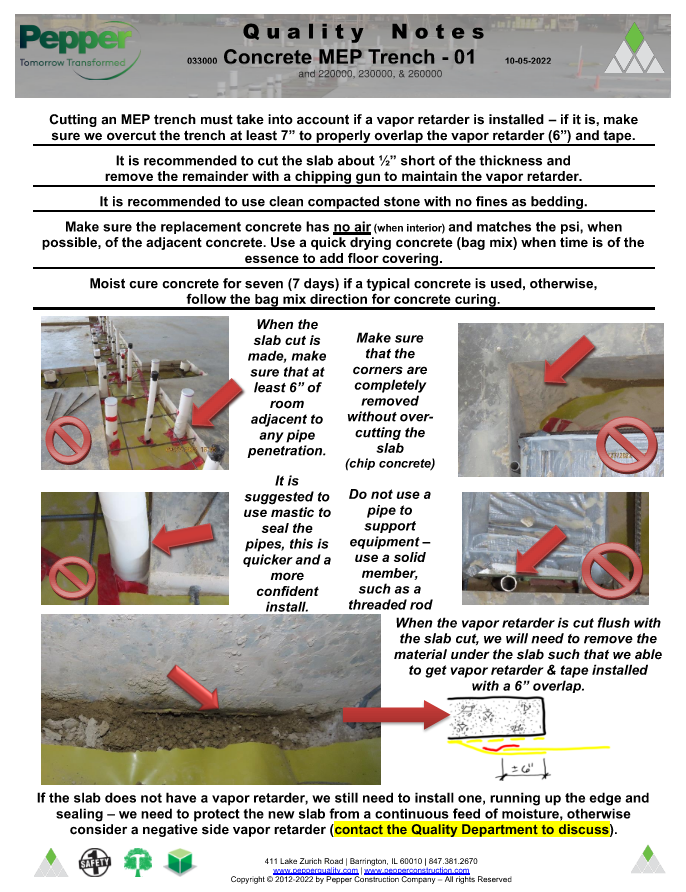
Concrete MEP Trench 01 - QN
- Corey S Zussman, AIA
- Link
When we are trenching existing or new concrete for MEP under slab installations, we need to follow certain demo and installation requirements to maintain the existing vapor retarder or install a new vapor retarder. Please review the attached and forward it to the MEP trades.
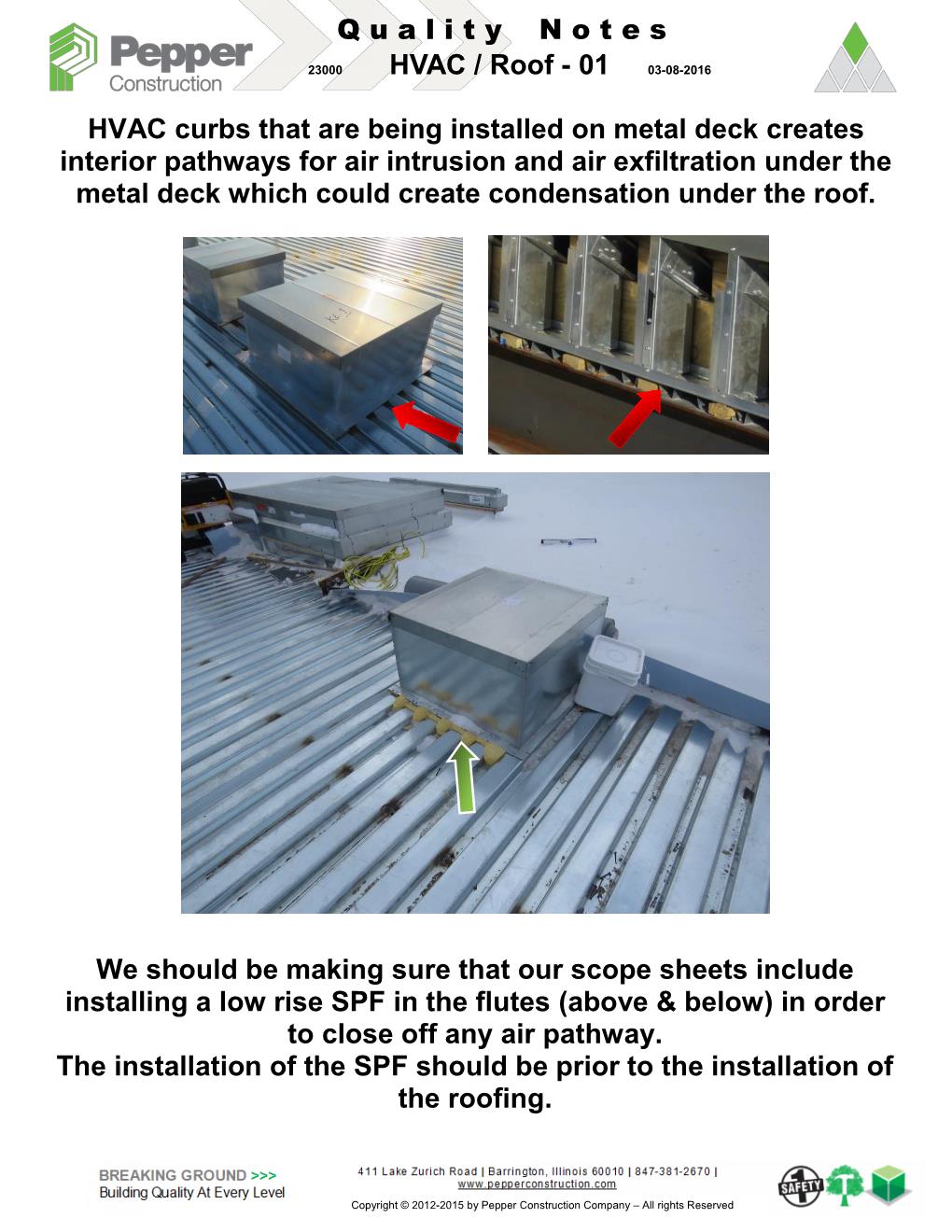
230000 HVAC Roof 01 Sealing Curbs – QN
- Corey S Zussman, AIA
- Link
HVAC curbs that are being installed on metal deck creates interior pathways for air intrusion and air exfiltration under the metal deck which could create condensation under the roof.
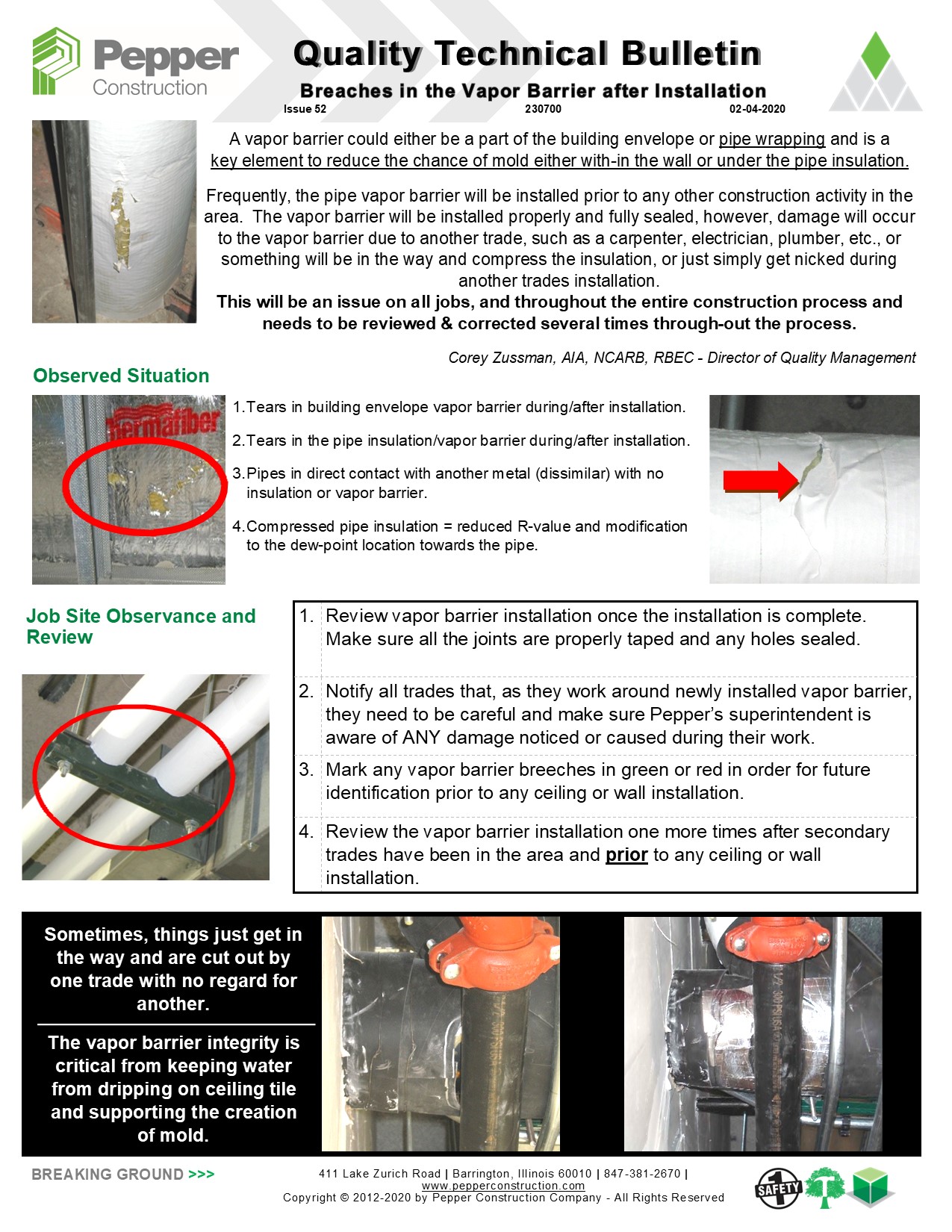
230000 Breaches in HVAC Vapor Barrier Issue 52
- Corey S Zussman, AIA
- Link
A vapor barrier could either be a part of the building envelope or pipe wrapping and is a key element to reduce the chance of mold either with-in the wall or under the pipe insulation.
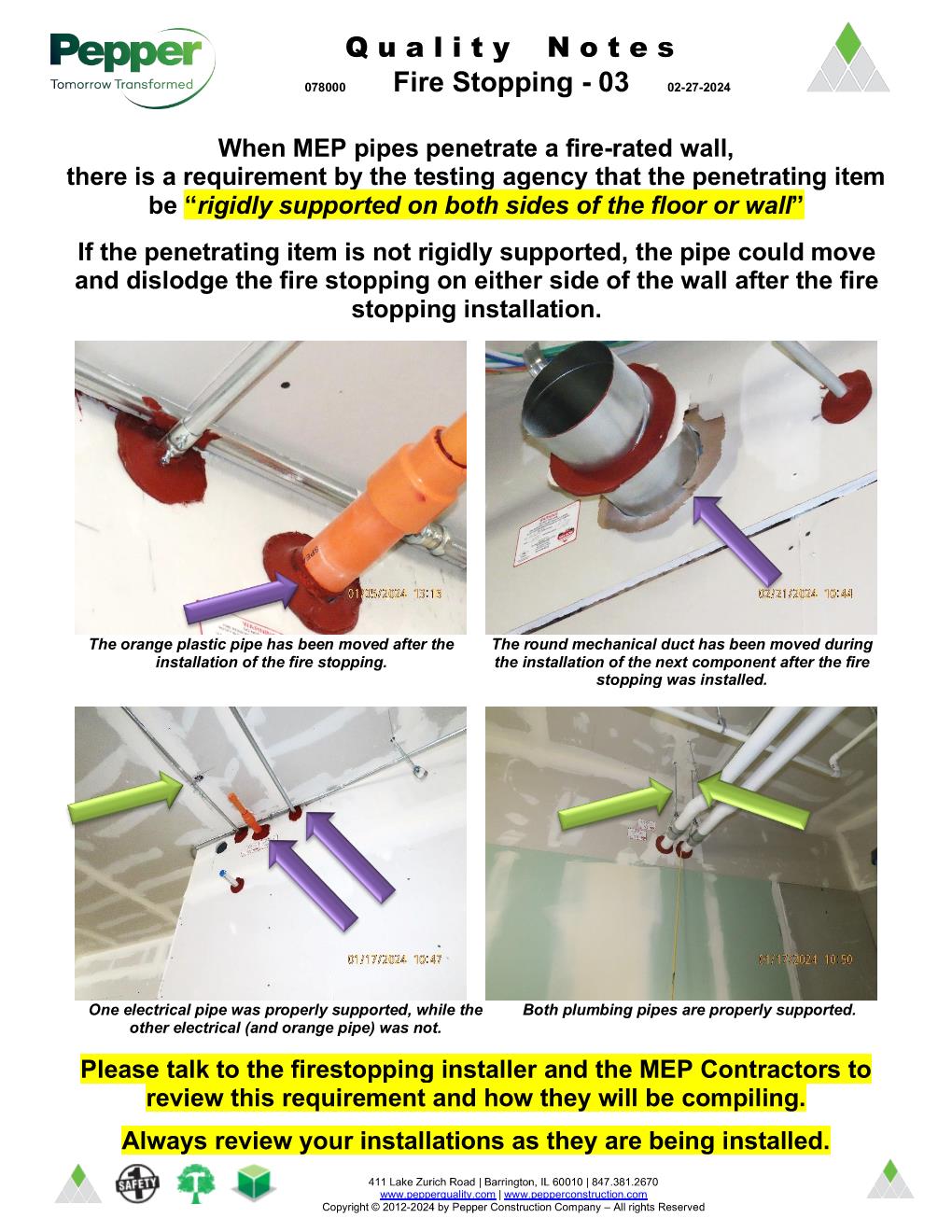
Fire Stopping Penetration Support Requirements QN
- Corey S Zussman, AIA
- Link
When MEP pipes penetrate a fire-rated wall, there is a requirement by the testing agency that the penetrating item be “rigidly supported on both sides of the floor or wall” If the penetrating item is not rigidly supported, the pipe could move and dislodge the fire-stopping on either side of the wall after the fire-stopping installation.
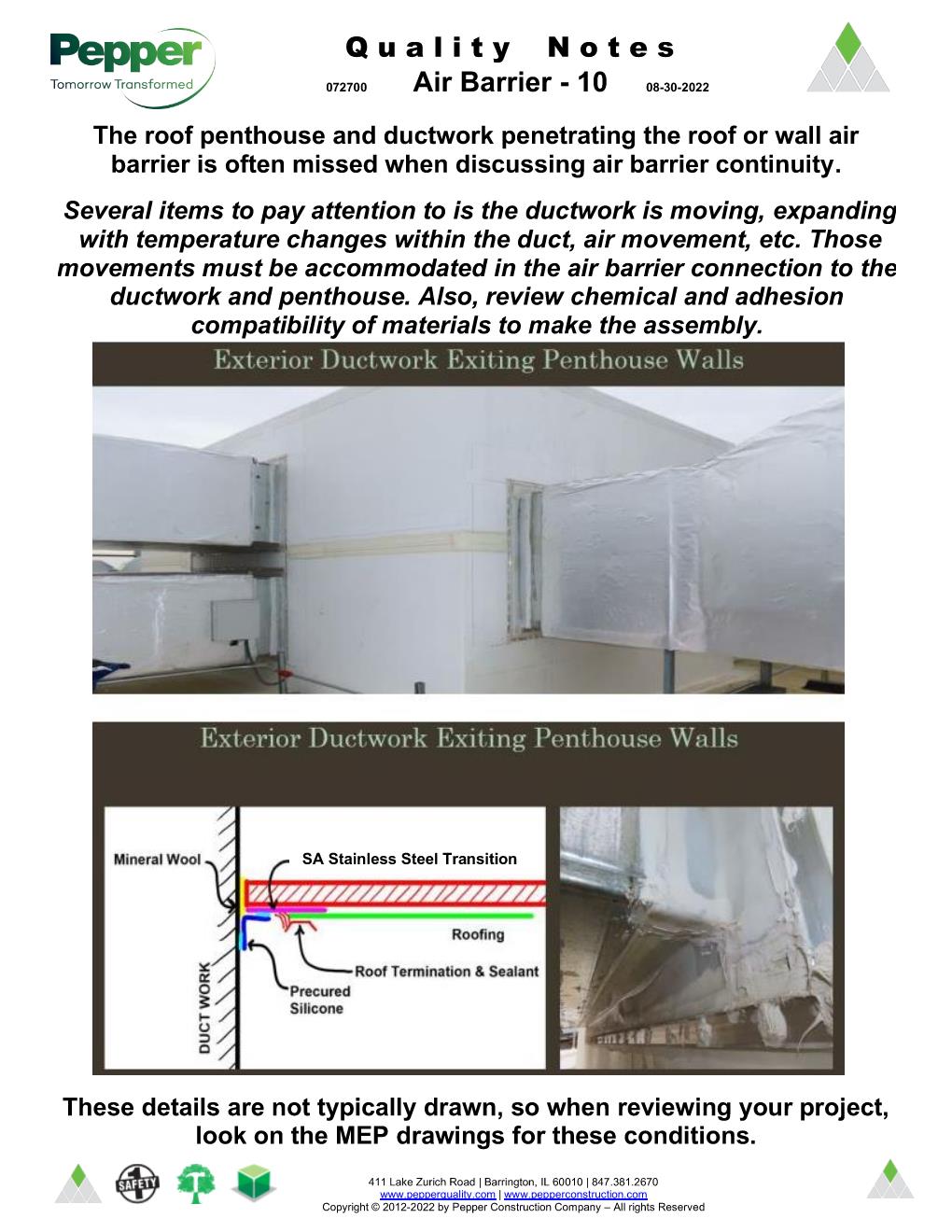
230000 Air Barrier and Horizontal Roof Penetration QN
- Corey S Zussman, AIA
- Link
The roof penthouse and ductwork penetrating the roof or wall air barrier is often missed when discussing air barrier continuity. Several items to pay attention to is the ductwork is moving, expanding with temperature changes within the duct, air movement, etc. Those movements must be accommodated in the air barrier connection to the ductwork and penthouse. Also, review the chemical and adhesion compatibility of materials to make the assembly.
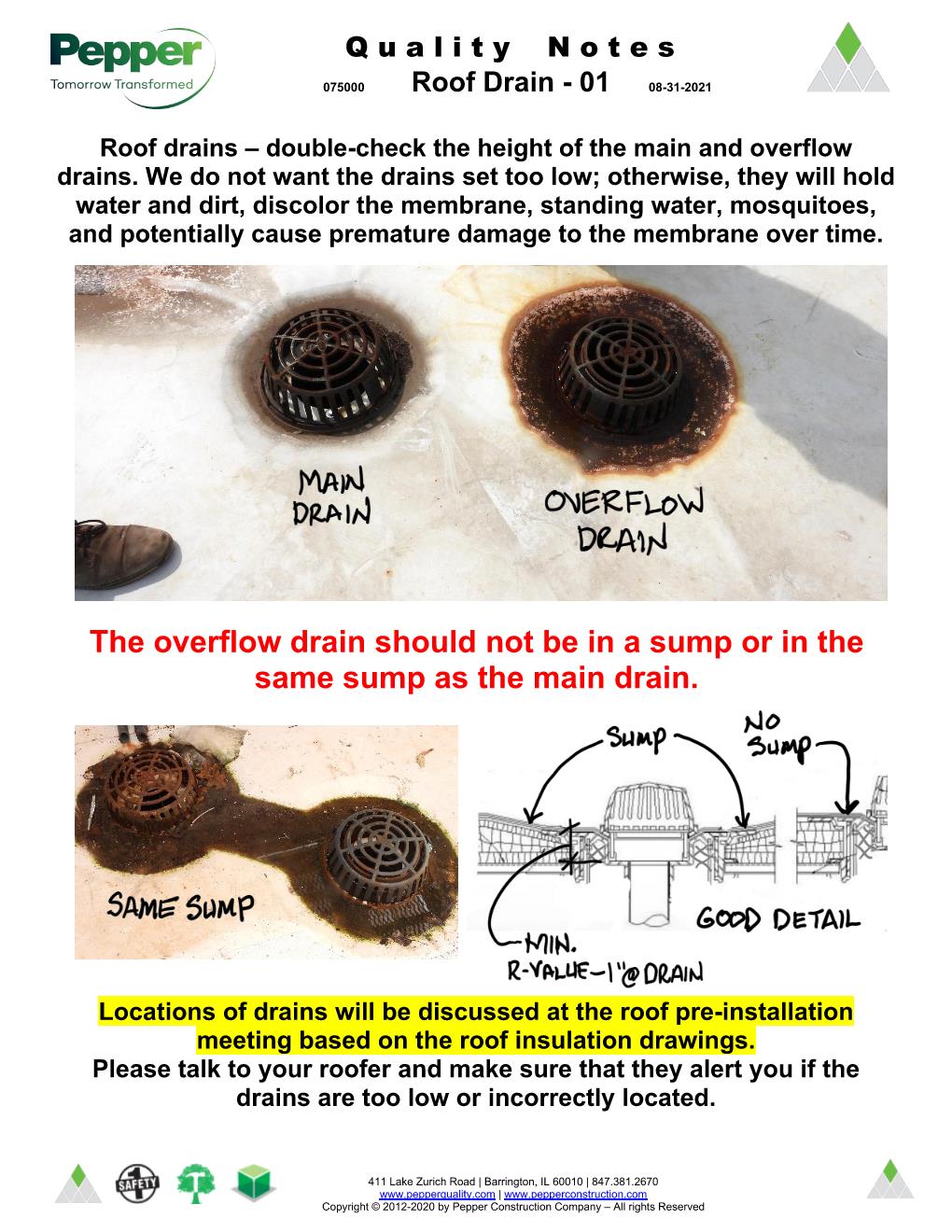
210000 Roof Drain QN
- Corey S Zussman, AIA
- Link
Roof drains – double-check the height of the main and overflow drains. We do not want the drains set too low; otherwise, they will hold water and dirt, discolor the membrane, standing water, mosquitoes, and potentially cause premature damage to the membrane over time.
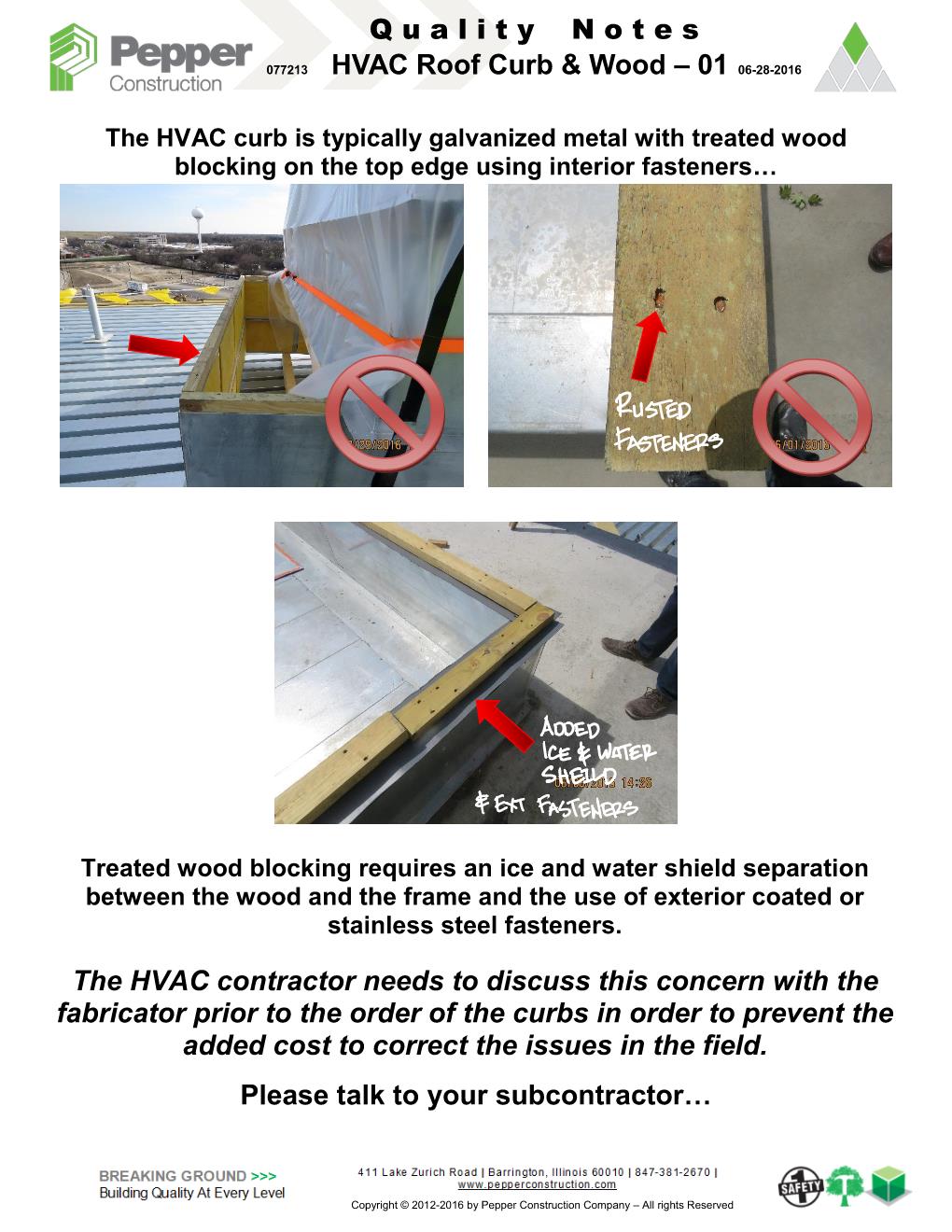
Roof Curb and Treated Wood Concerns QN
- Corey S Zussman, AIA
- Link
The HVAC curb is typically galvanized metal with treated wood blocking on the top edge using interior fasteners…
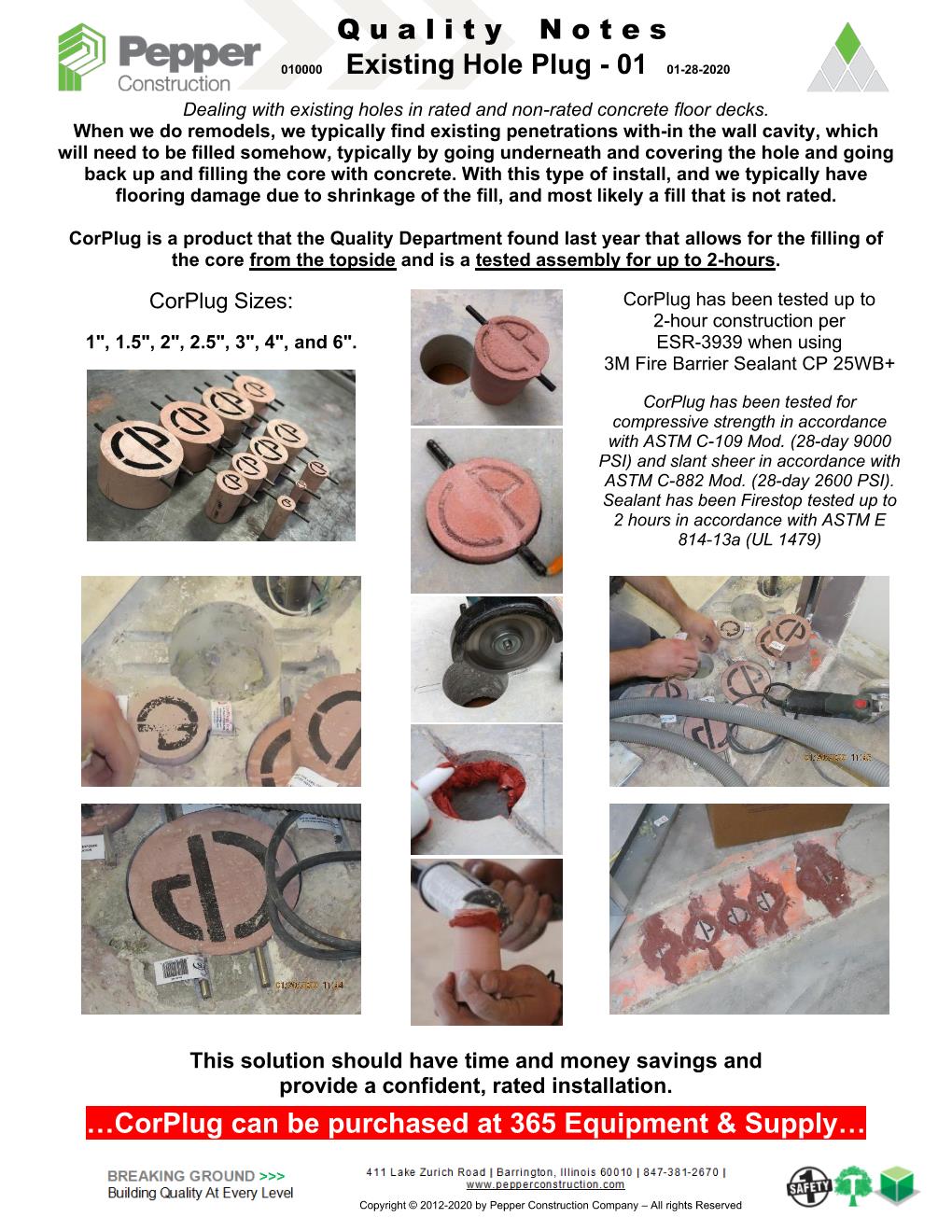
Existing Hole Fire Rated Plug QN
- Corey S Zussman, AIA
- Link
Dealing with existing holes in rated and non-rated concrete floor decks. When we do remodels, we typically find existing penetrations with-in the wall cavity, which will need to be filled somehow, typically by going underneath and covering the hole and going back up and filling the core with concrete. With this type of install, and we typically have flooring damage due to shrinkage of the fill, and most likely a fill that is not rated. CorPlug is a product that the Quality Department found last year that allows for the filling of the core from the topside and is a tested assembly for up to 2-hours.
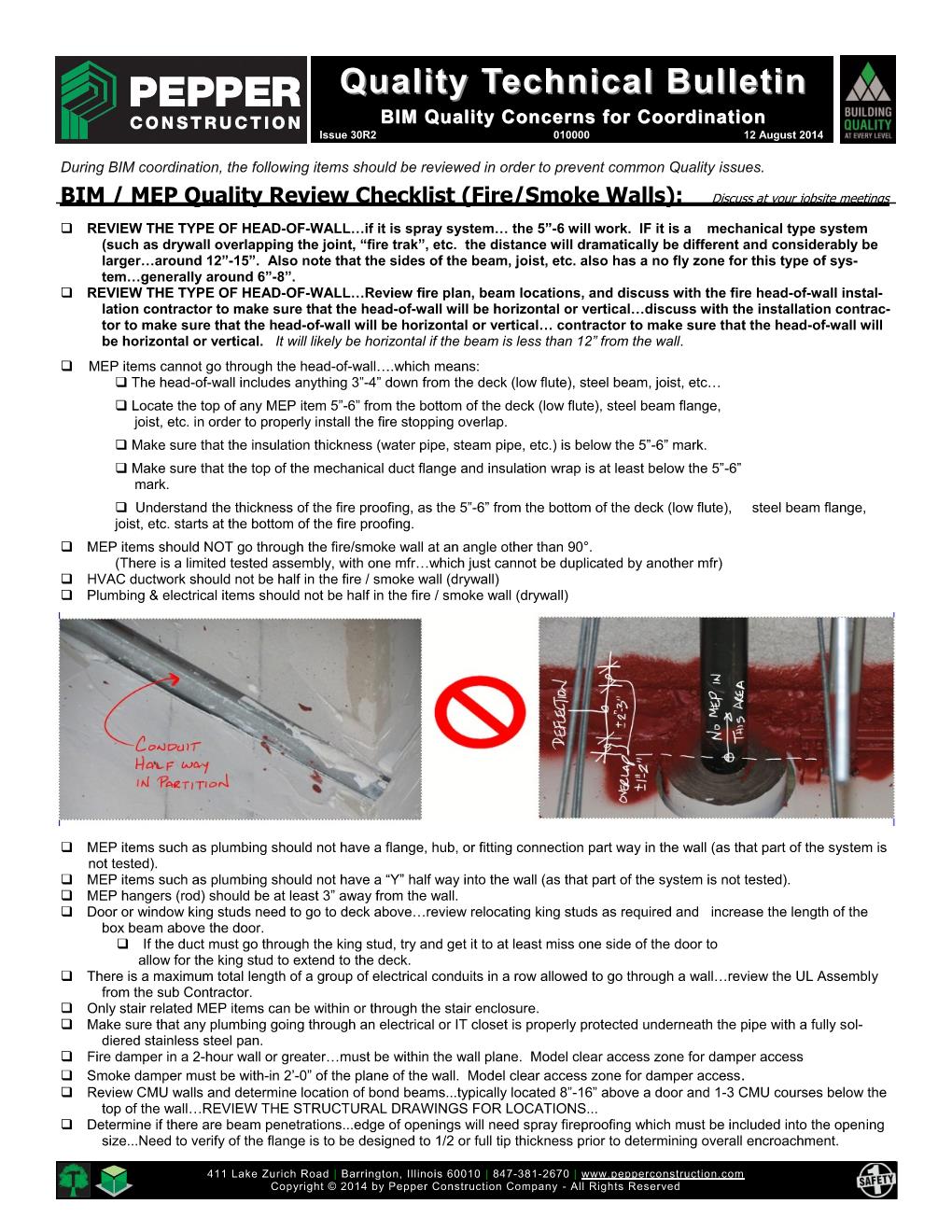
BIM Coordination Checklist Issue 30r2
- Corey S Zussman, AIA
- Link
During BIM coordination, the following items should be reviewed in order to prevent common Quality issues
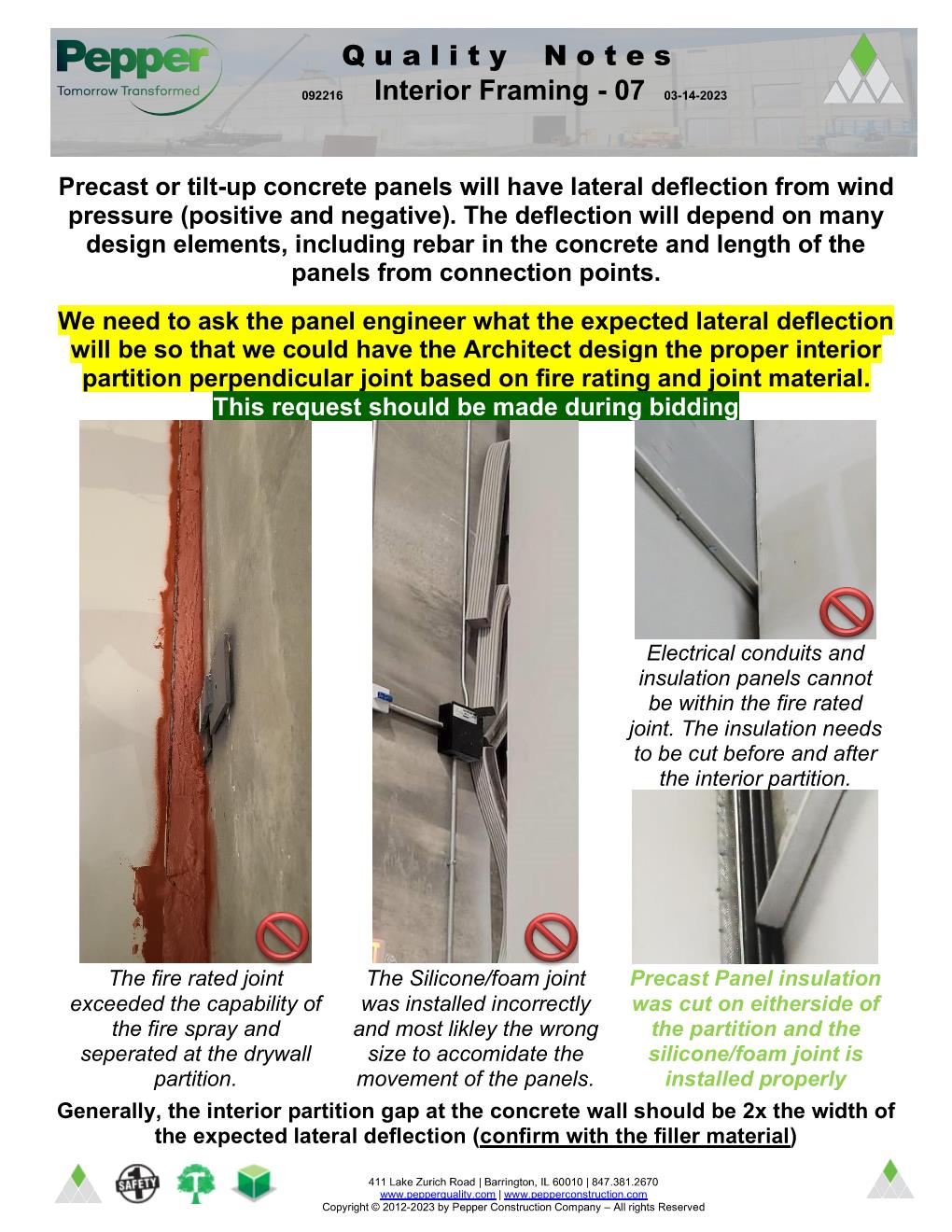
Precast Concrete and Interior Wall - Lateral Deflection QN
- Corey S Zussman, AIA
- Link
Precast or tilt-up concrete panels will have lateral deflection from wind pressure (positive and negative). The deflection will depend on many design elements, including rebar in the concrete and length of the panels from connection points. We need to ask the panel engineer what the expected lateral deflection will be so that we can have the Architect design the proper interior partition perpendicular joint based on fire rating and joint material.

